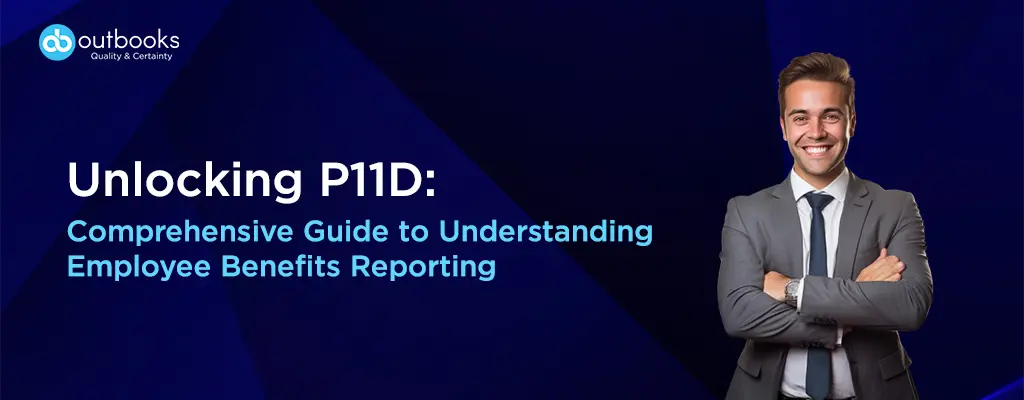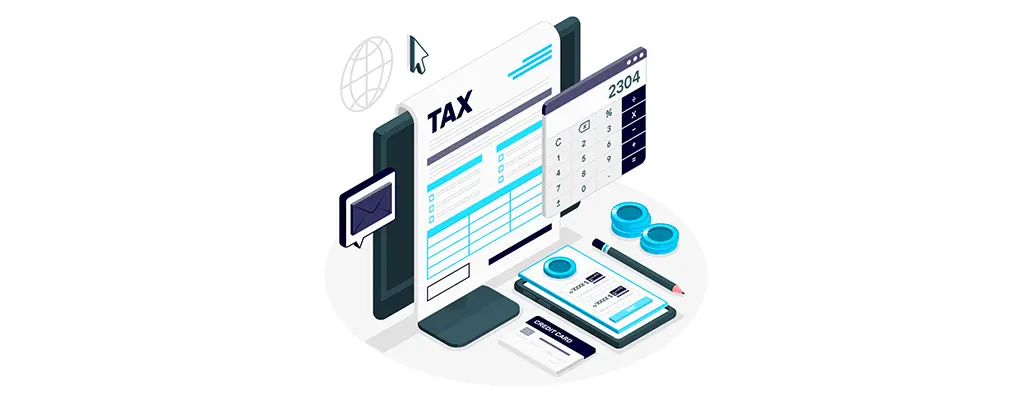Unlocking P11D: Comprehensive Guide to Understanding Employee Benefits Reporting

A P11D form is one of the PAYE forms used by your employer and HMRC to show the amount of tax and National Insurance you paid during the previous tax year.
Table of Contents
ToggleHowever, rather than focusing on the income that goes into your bank account, it refers to any "benefits in kind" you receive as a part of your employment.
In this blog post, we'll cover everything you need to know about the P11D form, including its purpose, who needs to file it, deadlines, common job benefits, exemptions and exceptions, and advice for completing it correctly!
So, buckle up and get into this vital guide to staying on top of your employer responsibilities while navigating tax laws.
What is the P11 D Form?
The P11D form, commonly known as the Expenses and Benefits form, is a document business in the United Kingdom used to report all expenses and benefits granted to their employees.
It is an essential component of adhering to the tax requirements established by HM Revenue and Customs.
The P11D form guarantees that all taxable benefits and expenses are properly accounted for, helping employers and employees meet their tax obligations.
This form includes a variety of benefits, including company automobiles, private medical insurance, loans granted to staff at low or no interest rates, and more.
In addition to reporting these perks, the P11D form provides information about reimbursed business expenses incurred by employees on behalf of their company.
Employers must accurately complete this form to offer an accurate depiction of employee benefits and expenses for the tax year.
What is the Official Deadline for the P11D form?
P11 D reports must be submitted to HMRC by July 6, following the end of the tax year. For example, the 2023-24 tax year ends on April 5, 2024. P11D forms must be submitted by July 6, 2024.
Failing to file your P11 D form on time can result in fines and penalties. The fine can be £100 per 50 employees each month (or a portion of a month) that your P11D form is late.
What Does the P11D Form Include?
The full title of this form is "P11D Expenses and Benefits". It's a grey A4 form with information like yours:
1. National Insurance Number
2. Date of Birth
3. Employer's Name
4. Employer's PAYE reference number
The main body of the form contains information on the various benefit categories for which you may have been required to pay taxes. For example:
Assets transferred: This includes items such as a corporate automobile, lodging, or laptop computer provided by your employer for you to do your duties. Importantly, this is for goods that you then own, not those you borrow or rent while working; those belong in a separate category.
Relocation Allowance: If your employer covered moving costs when you started working. Insurance payments: This could include medical coverage while working for the company. Services provided: For example, if you purchase anything your company offers at a discounted price. This discount also serves as an advantage.
Mileage and Fuel Allowance: If your company covers the expense of gasoline or wear and tear on your vehicle when you travel for business.
Vouchers or Credit Cards: Vouchers or credit cards where your firm pays the bill. This may include daycare vouchers.
Interest-free Loans: For example, if your employer allows you to borrow money to pay for the rail season ticket you use to commute. This might include anything purchased under a salary sacrifice arrangement, such as an e-bike or home office equipment.
Insurance Payments: This could include medical coverage while working for the company. Services provided: For example, if you purchase anything your company offers at a discounted price. This discount also serves as an advantage.
Professional fees include your annual subscription to a professional group. If your employer paid for you to study for a qualification or attend a training course, it may also be mentioned here.

Who Pays the P11D Tax Bill?
Your employees pay the tax on their benefits and expenses. Usually, HMRC updates its PAYE tax codes to account for the additional income tax. The additional sum is deducted through the PAYE system and paid directly to the Treasury.
It is worthwhile to remind all of your employees frequently to ensure that their tax code is correct. Otherwise, they are either overpaying or underpaying their taxes.
When they receive their code notice, they should double-check it and contact HMRC if anything appears incorrect. The sooner any mistakes are fixed, the better for everyone.
Tips to Complete the P11D
Filling out a P11D can be intimidating, but fear not! Here are a few useful tips:
- Collect Personnel Details: Names, National Insurance numbers, and information on granted benefits are required.
- Understand the Benefit Valuations: HMRC gives rules for determining the taxable value of specific perks, such as business automobiles.
- Reimbursed Expenses: If business mileage, meals, and phone costs exceed a certain limit, they must be recorded.
Consult official government websites or professional payroll service providers for a more detailed guide on completing the P11D.
Are You Also Finding it Complex to File the P11 D form?
Book Consultation with Outbooks!
Understanding the complexities of P11D forms is critical for companies to avoid penalties and guarantee that employees pay the proper tax on their benefits.
Employers must carefully examine the advantages and cons of both regular P11D forms and the alternative strategy of Payrolling Benefits in Kind before deciding which option is best for their organisation. Stay informed, remain compliant, and confidently navigate the world of P11D paperwork!
If you have any questions regarding your taxes or need help with financial tax preparation, Outbooks can save you time and money, as well as potential issues.
Outbooks offers the most comprehensive P11D and payroll outsourcing services to ease your complexity, don’t forget to get in touch with us.
